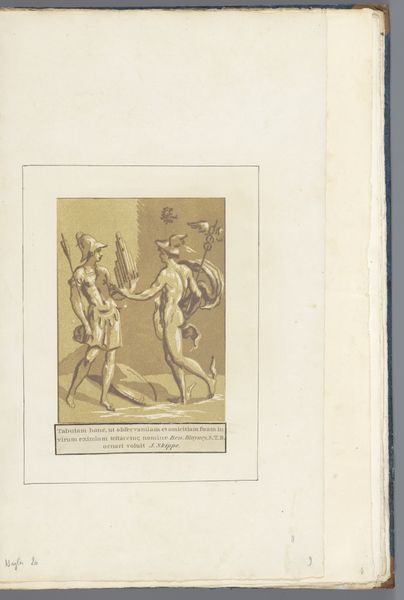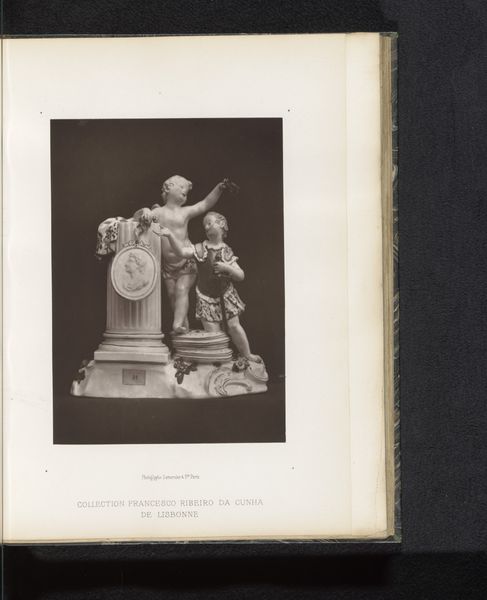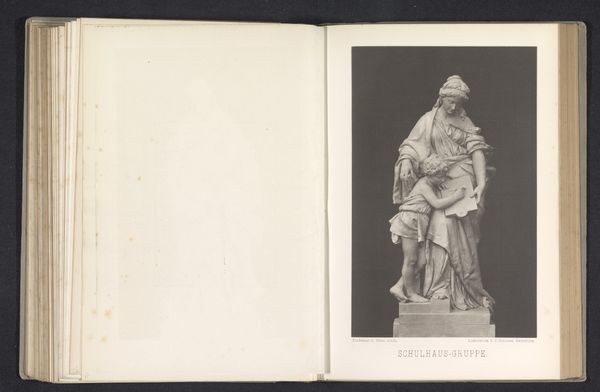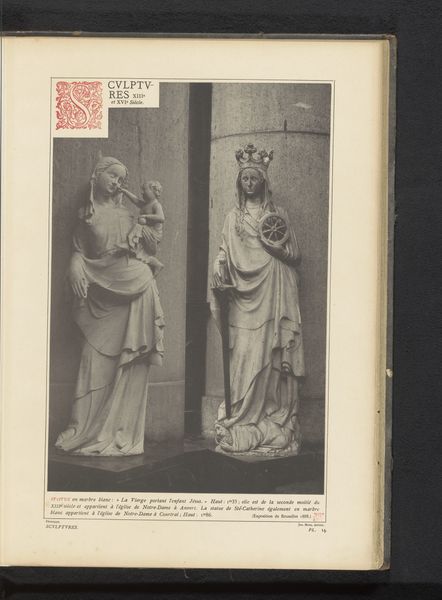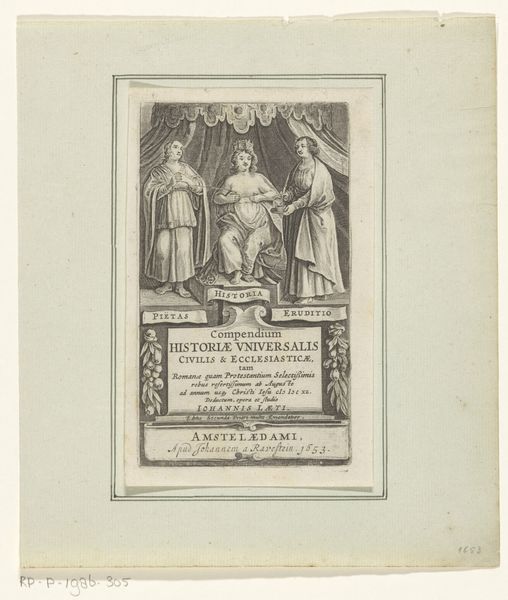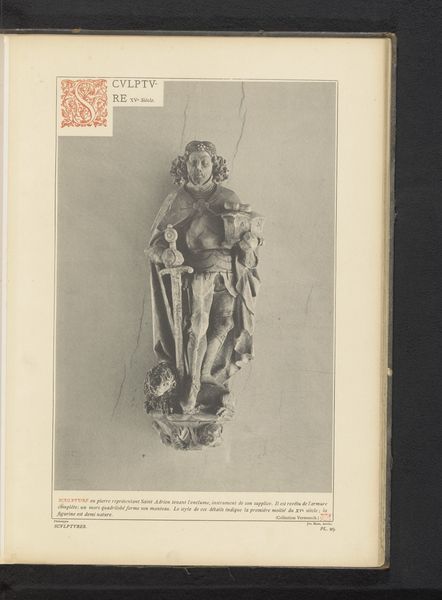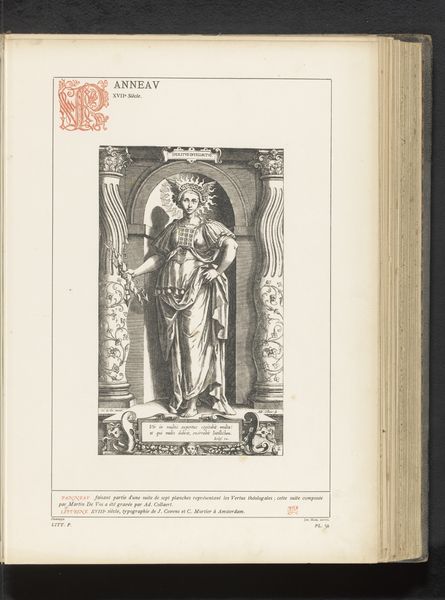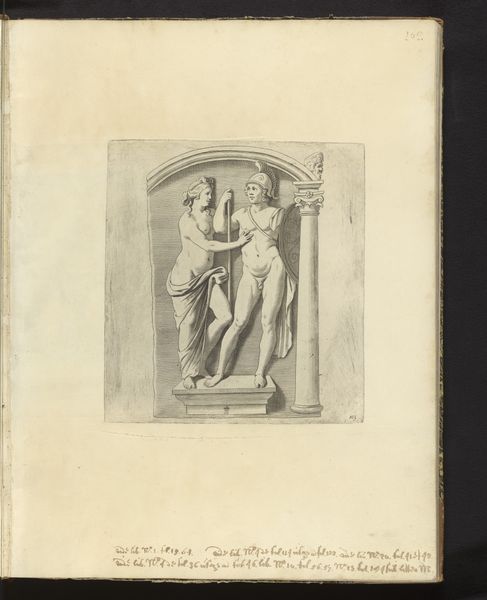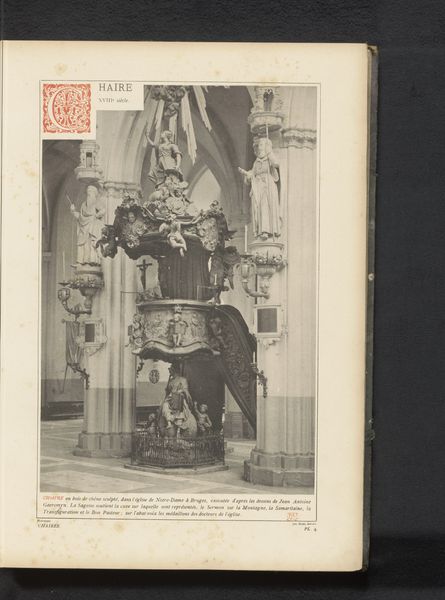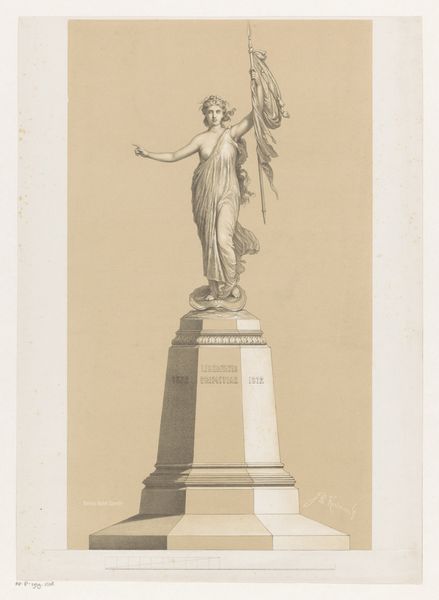
Houten sculpturen van de heilige Rochus en van de heilige Joris met draak before 1889
0:00
0:00
sculpture, wood
#
medieval
#
narrative-art
#
figuration
#
sculpture
#
wood
Dimensions: height 341 mm, width 235 mm
Copyright: Rijks Museum: Open Domain
These sculptures of Saint Roch and Saint George with the Dragon were anonymously carved from wood, likely in the 15th or 16th century. The choice of wood as a material deeply influences the sculptures' appearance. The artist likely used carving techniques such as chiseling and gouging to shape the wood, revealing the inherent grain and texture of the material. Wood was not only an accessible and relatively inexpensive material, but it also carried its own social significance. In the medieval period, wood was a primary resource for both the practical and the sacred. The process of transforming a raw piece of wood into a recognizable form required skill and labor. The creation of these sculptures would have been a collaborative effort, involving various artisans specializing in different aspects of the process. The woodcarver, the gilder, and the painter each contributed their expertise to bring the sculptures to life. By considering the materials, processes, and social context of these sculptures, we can appreciate how they challenge traditional distinctions between fine art and craft.
Comments
No comments
Be the first to comment and join the conversation on the ultimate creative platform.
